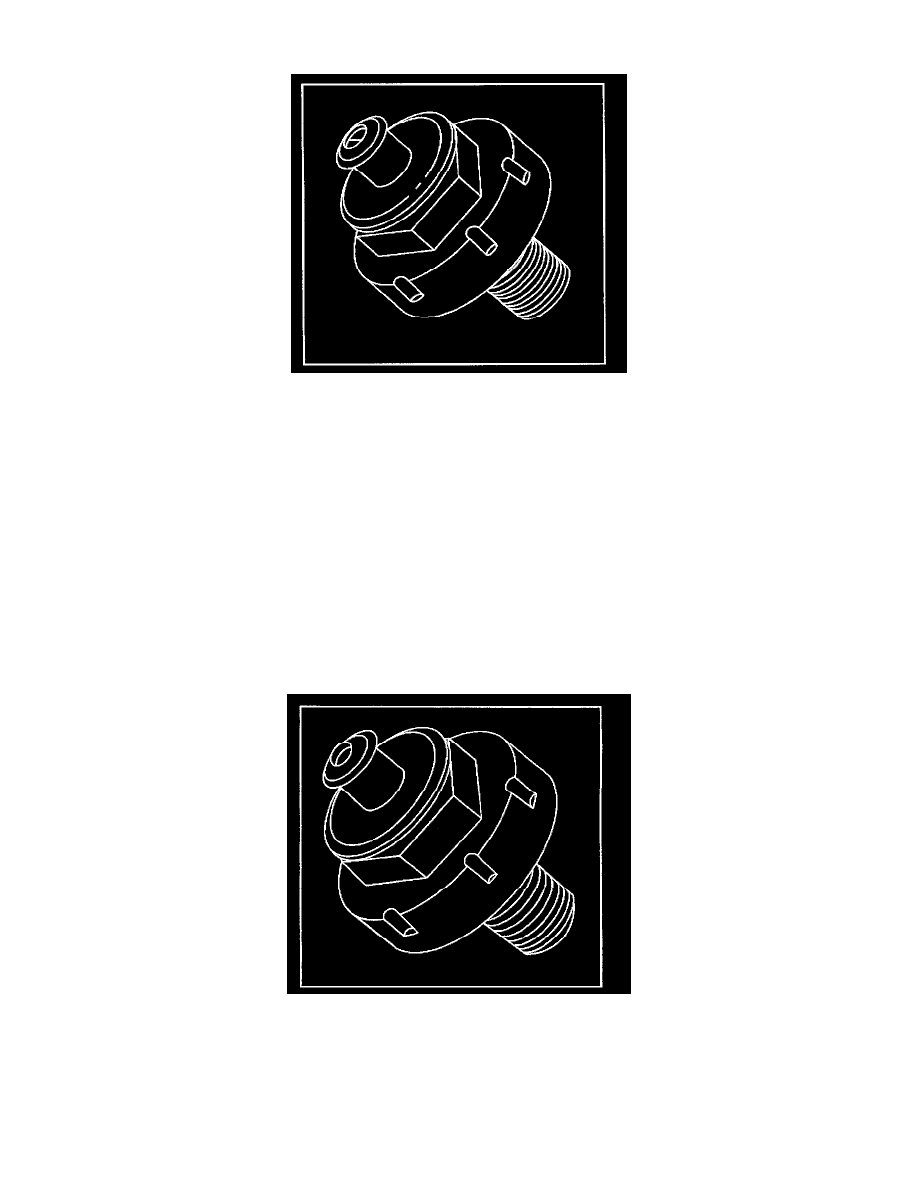Hombre S Regular Cab 4WD V6-4.3L (1999)

Knock Sensor: Description and Operation
Knock Sensor System Purpose
Varying octane levels in gasoline can cause a detonation in an engine. This detonation is sometimes called a spark knock.
All of the engines use a Knock Sensor (KS) system with a knock sensor. The KS system reduces the spark knock in the engine. This allows the engine to
have maximum spark advance for improved driveability and fuel economy.
Knock Sensor System Operation
A Vehicle Control Module (VCM) is used in conjunction with one knock sensor in order to control detonation. On a VCM application no KS module
will be found as it is internal to the control module.
A 5 volt reference is applied to the knock sensor which has an internal resistance of about 100,000 ohms.
This resistance will lower the applied voltage to about half or 2.5 volts. When a knock is present, a small AC voltage is produced by the knock sensor
and transmitted to the Control Module riding on top of the already existing 2.5 volts. An AC voltage monitor inside the control module will detect the
knock and trigger the Control Module to start retarding the spark incrementally.
Knock Sensor
The Knock Sensor (KS) system is used in order to detect the engine detonation. The VCM will retard the spark timing based on the signals from the KS
module. The Knock Sensor(s) produce an AC voltage that is sent to the KS module. The amount of the AC voltage produced is proportional to the
amount of knock.
An operating engine produces a normal amount of engine mechanical vibration (Noise). The knock sensor(s) will produce an AC voltage signal from this
Noise. When an engine is operating, the VCM will learn the minimum and maximum frequency of the noise that the engine produces. When the VCM
